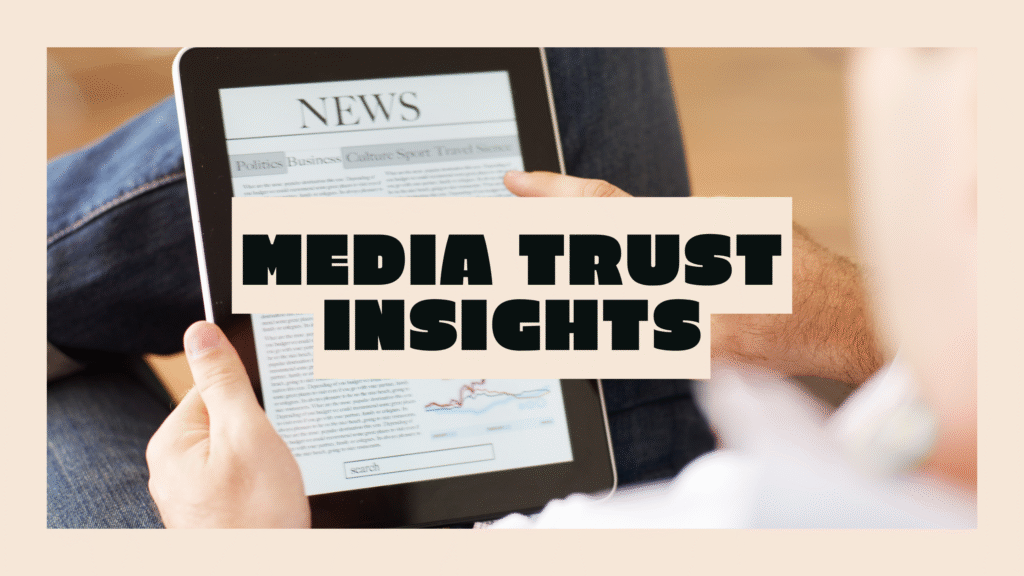
We live in a world where one viral reel can catapult a product into overnight fame. From dance trends to unboxings, content today is fast, fun—and fleeting.
But here’s the thing: trends fade. Trust lasts.
That’s why in 2025, media features in India are still one of the strongest assets a brand can have. While social media grabs attention, press coverage builds authority. Let’s explore why the smartest brands still prioritize PR—and how it’s evolving in today’s fast-paced landscape.
1. Reels Grab Eyes. Media Earns Respect.
Reels are built for discovery. A clever hook or catchy sound might drive views, but it doesn’t necessarily make your audience believe in you.
Example:
A skincare startup may go viral for a funny reel showing a before-after glow-up. But when the same brand is featured in Vogue India under “Top Sustainable Beauty Brands to Watch,” it signals industry validation. Now, customers see not just a trending reel—but a trusted, reviewed product.
That’s the press coverage value: it adds weight to your story that no amount of likes can match.
2. Clickbait Creates Noise. Press Creates Conversations.
Clickbait might win the scroll war, but real media features drive long-term value. They’re shared in investor pitches, business development emails, and sometimes—across newsrooms.
Example:
When fintech startup CRED got covered by Forbes India, the feature wasn’t flashy—but it became a reference point for its credibility in the startup ecosystem. Similarly, YourStory features often become go-to links when startup founders introduce their ventures to VCs or corporate partners.
In a country like India, where reputation still plays a huge role in B2B and high-value consumer behavior, media features open doors.
3. Third-Party Validation Still Wins Trust
People are skeptical. They know influencers are often paid. They know ads are scripted. But when a journalist independently covers your story, it cuts through the noise.
Example:
When boAt, the audio tech brand, got featured in Business Today and Economic Times, it wasn’t just about their sales. It was about building a narrative—Indian-born, youth-focused, budget-friendly innovation. Those features helped shift boAt from “just another brand on Amazon” to a homegrown success story.
That’s the PR relevance in 2025—a stamp of earned credibility in an age of bought visibility.
4. Google Still Loves Great PR
A well-placed feature with a backlink from a top publication? That’s SEO gold. While Instagram and TikTok might disappear into the algorithm abyss, a Mint article or India Today blog can keep showing up in search for years.
Example:
Search “best EV startups in India” and chances are, the brands that show up on the first page have been featured by leading media outlets, not just viral YouTubers. That’s because media features in India often land on high-authority domains—giving your brand the digital shelf life it deserves.
5. Combine Social and PR for Maximum Impact
It’s not about choosing one over the other. The smartest brands know how to mix media presence with viral formats.
Example:
Mamaearth does this brilliantly. They use reels and influencer collabs for visibility but back it up with strong PR—features in Fortune India, Entrepreneur, and sustainability reports that highlight their core values. This hybrid strategy ensures they stay relevant on Instagram—and respected in boardrooms.
In Closing: PR is Your Reputation Engine
It’s tempting to chase trends. But if you’re building a long-term brand—especially in a complex market like India—press coverage still matters. A good reel may win likes. A good article can win business.
So if you’re planning your marketing strategy for 2025, don’t just ask:
“How do we go viral?”
Ask:
“Who’s telling our story—and where are they telling it?”
Because while reels entertain, media features build legacy.
